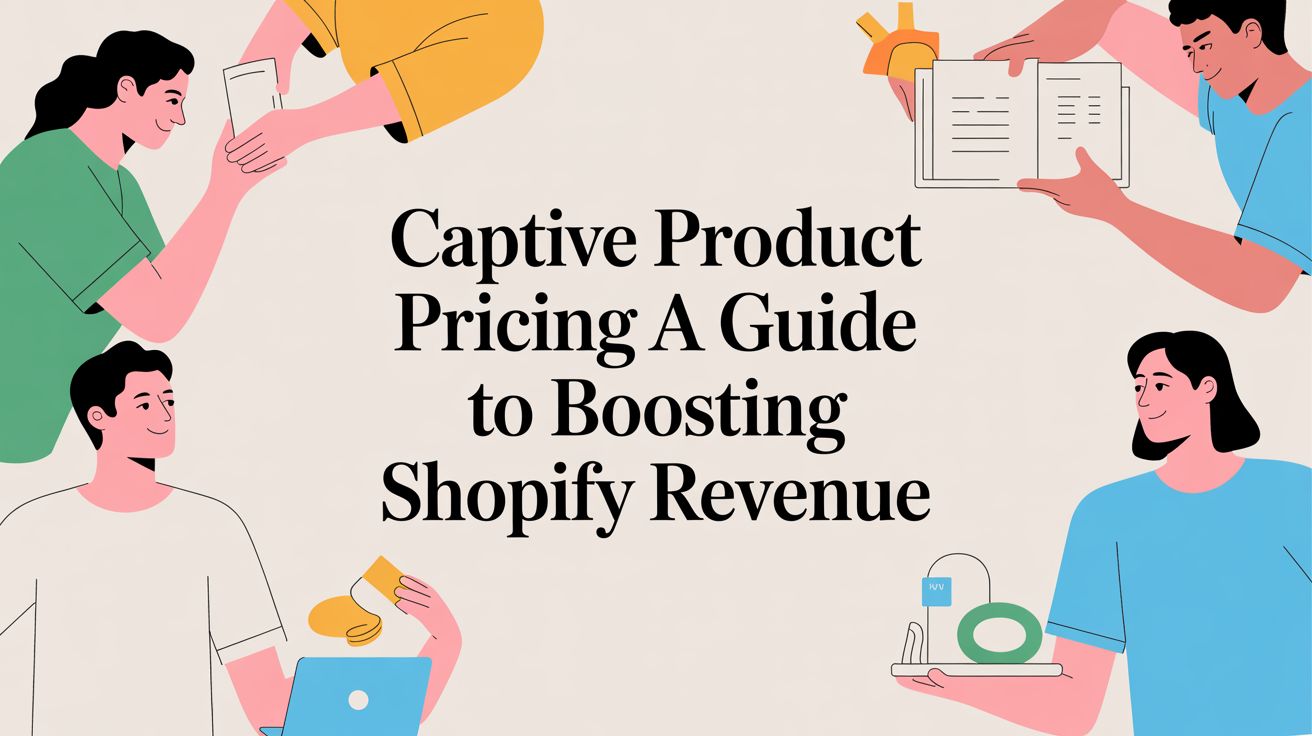
The psychology behind brand love

When it comes to figuring out why a consumer chooses a brand, the decision-making science is plentiful. The psychology of brand love, however, is a vast and hardly charted territory.
Brand love is exactly what you’d expect it to be: consumer appreciation and brand loyalty that’s so high it could only be considered love. While this might give you a warm and fuzzy feeling, brand love isn’t something that most brands come by often.
We spoke with Aaron Ahuvia, a consumer behavior marketing professor at the University of Michigan-Dearborn and the author of the forthcoming book "The Things we Love," to uncover what it takes to make a consumer fall in love with your brand.
This is what we discovered.
How our brains perceive the brands we love
It’s human nature to discuss the things you love — things including brands.
“People love to talk about things that they love. If you were to go to any parent and ask them about their child, they’d go on and on for however long you’d want to listen. That same sentiment carries over into brands; if people love a brand, they really enjoy talking about it which leads to a lot of brand advocacy because they get pleasure out of it,” Ahuvia said.
But this type of advocacy is not as common as you might think. Ahuvia says the evolution of humans doesn’t have deep roots in brand advocacy. In fact, it all but rules such loyalty out as a sensible decision.
“From an evolutionary perspective, the way the human brain has evolved, it never makes sense for a person to have the kind of relationship with a brand where they’re going to spend their time and energy defending that brand,” said Ahuvia. “It only makes sense for us to do that with other people, because we learned that we succeed as part of a team; two people together are a lot stronger under threat than if each person was by themselves.”
It’s this logic that will lead someone to defend another person from a potential threat if that person promises to defend them, as well. We recognize that the benefit we’ll get from that arrangement. Yet, for objects (like brands) that’s never true.
“I could defend this brand, but it’s never going to defend me. It’s a one-way relationship and the human brain has evolved to recognize that,” said Ahuvia. “Therefore, whenever you see people who love a brand or are an advocate of a brand, in some way their brain is treating that brand as if it is a person.”
Consumers must warm up to the idea of brand advocacy
The question then becomes, as a marketer, how do you get a consumer’s brain to care for your brand in the same way they would another human? You rely on building blocks or as Ahuvia calls them, “relationship warmers.”
Most consumers view their interactions as transactions, an arguably “cold” practical outlook on the relationship. In order to shift from an “I pay money, you give me benefits” sort of dynamic, it needs to warm up to a more interpersonal relationship.
Here are three things that can facilitate that change:
1. When consumers see the brand as human
Maybe you've heard of anthropomorphism, which happens when a non-human thing is looked at as having human characteristics. In the marketing world, you likely just call it by a different name: brand humanization.
“If the product or the brand looks like a person, sounds like a person, talks like a person, unconsciously your brain will classify it as sort of a semi-person and will in some ways begin treating it like a person,” said Ahuvia.
Some companies have done this very well, by giving products human names and allowing people to talk to them and hear human-like responses.
“So many people fall in love with Siri that Apple had to plug in different answers to ‘I love you’ because customers say it all the time,” said Ahuvia.
2. When consumers see the brand as being connected to another person
Sometimes, loving a brand has very little to do with the brand itself and all the more to do with who shares that love with you.
“You’ll see, for example, a group of friends who are all interested in the same brand or group of brands. When that happens, in their mind they see the brand as an extension of their friends and their relationship with those people,” said Ahuvia. “People are much more loyal to brands when they have what Russell Belk calls the 'person-thing connection.' "
This sort of relationship occurs when two people bond over their appreciation of a certain thing (for the purpose of this blog, we’ll be referencing brands). Say your friend Susan introduces you to a new ice cream chain or you both discover that you love their cookie dough flavor, now you’ve built a person-thing connection with Susan. Your perception of that brand has now dramatically increased based on the value you see in your relationship with your friend.
“There’s the notion that people can cheat on a brand. They’ll say they love a product and then go buy something else; people are a lot less likely to 'cheat' on a brand if the brand connects them to another person because their brain is thinking, ‘You’re not cheating on a brand, you’re cheating on your friend’ and that feels a lot worse,” said Ahuvia.
Connections can also take place through a television screen, especially when you’re dealing with likable public figures. Humans love a little glitz and glamour — and it’s even better when we feel a close relationship to it.
“If you’ve got an attractive, likable celebrity or non-celebrity endorser who is talking about a brand, you might become friends in your head with this person. You feel a relationship with this celebrity or this character who then becomes a personification of the brand, which creates a lot more advocacy,” said Ahuvia. “It’s one thing if people dislike a brand, but it’s another thing if they dislike your friend [who endorses the brand].”
3. When consumers see the brand as part of their identity
Think about a brand you love. If someone says something negative about that brand, how likely are you to defend it? If you answered "likely," you may view the brand as part of your identity.
“If a consumer sees a brand as a part of themselves, when someone insults the brand, the consumer feels insulted. Or, if a person brags about the brand it becomes a way of bragging about yourself, but it's a lot more socially acceptable,” said Ahuvia. “When someone says, ‘Oh, X car is such a great product,’ it’s a lot better than saying, ‘Oh, I’m such a great guy, let me tell you how wonderful I am.’ Brand advocacy allows people to express themselves and heighten their self-esteem or pride based on their association with the brand.”
Feelings of pride or offense are typically seen as self-referencing emotions; humans only interact with them in relation to their own emotions. For example, when you receive a compliment from someone you feel proud, but when a stranger gets complimented, you don’t feel anything. But if you’re a parent and someone compliments your child, you feel pride in that accomplishment because you think of them as part of your identity. The same thing occurs with a beloved brand if something pleasant or offensive is done.
Getting a customer to support your brand is one thing, getting them to fall in love with it is another. Brand advocacy can be cultivated in a number of ways, but it's deep affection that creates true brand stickiness. We’ve been taught that our heart decides how we love, but what if it’s really our mind that leads the way?

Lindsay Keener is a brand journalist for Quikly. She covers stories that help to inform and educate consumer-facing marketers.
